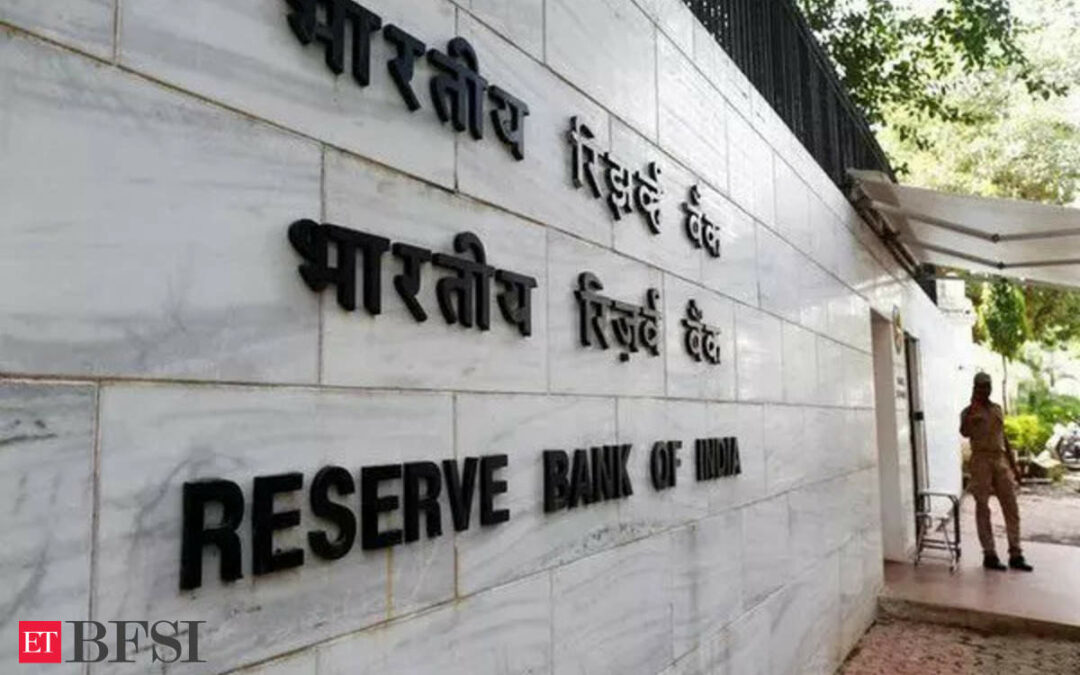The Reserve Bank of India (RBI) has revised guidelines for custodian banks pertaining to the issuance of Irrevocable Payment Commitments (IPCs) in response to the implementation of the T+1 settlement regime for stocks.
Under these updated guidelines, custodian banks issuing IPCs will face a maximum intraday risk equivalent to 30 per cent of the settlement amount, classified as capital market exposure (CME).
This risk limit is based on the assumption of a 20 per cent downward price movement of equities on T+1, with an additional 10 per cent margin allocated for further potential downward price shifts. Previously, risk mitigation measures were designed around the T+2 rolling settlement cycle for equities.
The rules
The issuance of IPCs by custodian banks is restricted to those with agreements granting them an inalienable right over securities for payout upon settlement. However, this clause is waived for transactions that are pre-funded, requiring clear rupee funds in the customer’s account or credit to the bank’s nostro account in foreign exchange deals before IPC issuance, as specified by the RBI.
The RBI further outlined that cash margins would reduce exposure by the amount paid, while margins paid in permitted securities to mutual funds and foreign portfolio investors (FPIs) would similarly reduce exposure, subject to the Exchange’s prescribed haircut on accepted securities.
Under the T+1 settlement cycle, exposure is typically intraday. However, if exposure remains outstanding beyond T+1 Indian Standard Time, custodian banks must maintain capital based on the outstanding capital market exposure, according to the RBI.
Additionally, the RBI highlighted that banks’ underlying exposures to counterparties resulting from intraday capital market exposure (CME) will be subject to limits specified under the Large Exposure Framework.
These revised guidelines are aimed at enhancing risk management practices within the custodian banking sector amid the transition to a faster T+1 settlement regime for equities.











